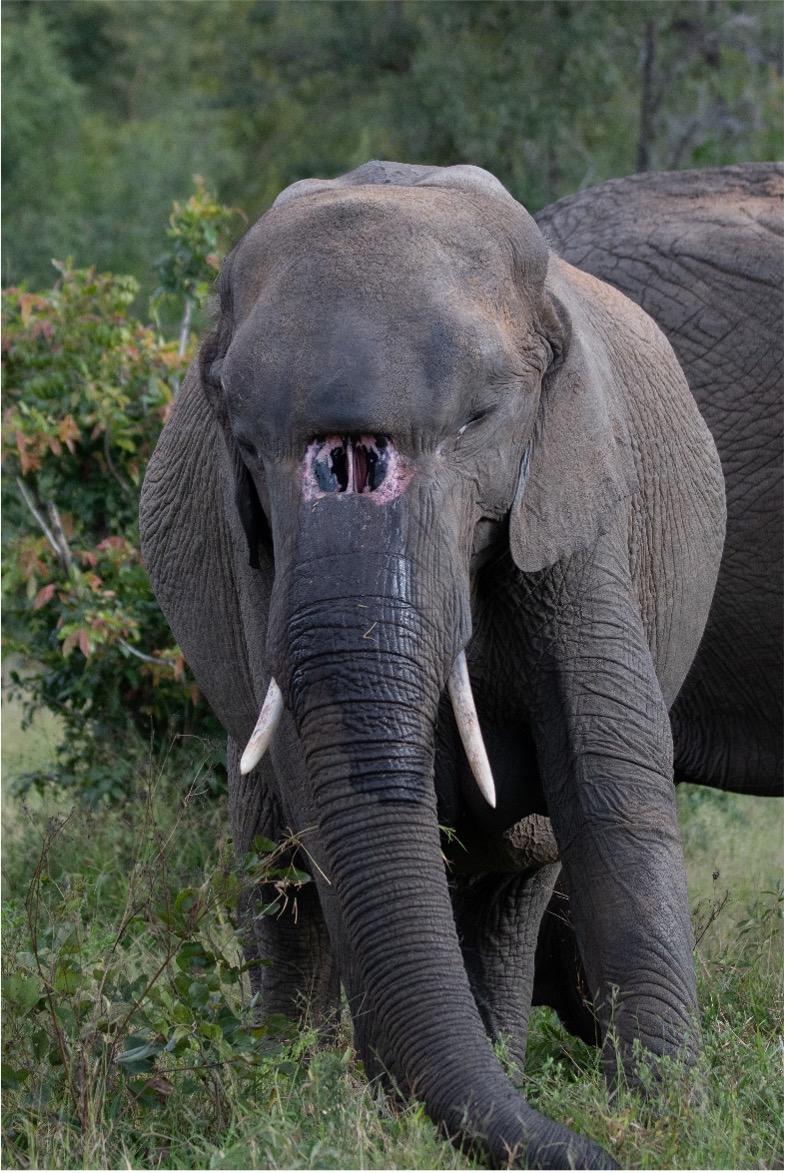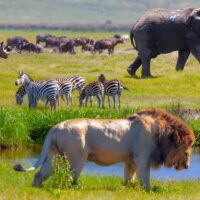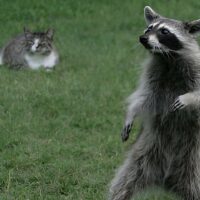Elephants are fascinating giants with remarkable features. One feature stands out: their long trunks.
But do these gentle giants use their trunks to breathe, or do they rely on their mouths for this vital function? Let’s uncover the breath of mystery surrounding these majestic creatures. Elephants are known for their impressive trunks, but there’s more to these appendages than meets the eye.
Some might think an elephant’s trunk is just for grabbing things or making sounds. The truth is more interesting. Their trunks are key to many daily tasks, including breathing. But that’s not the whole story. Just like us, elephants can also use their mouths to take in air. Think of an elephant’s trunk as a versatile tool. It’s for smelling, touching, and yes, even breathing. But when it’s time to eat or drink, the mouth takes over. This introduction will explore how these animals breathe and why their trunks are so important. Get ready to learn about these gentle giants and the surprising ways they use their iconic trunks.

Credit: singita.com
Elephant Respiratory Anatomy
Elephants use their trunks to breathe, like a nose. But, they can also breathe with their mouths. Their trunk works for smelling and grabbing things, too. Elephants can close their trunks if they are underwater.
Their mouth helps them to breathe when the trunk is in use. Like when they are eating or lifting heavy stuff. This way, they can do two things at once. Breathe and eat or carry things. They do not use their mouth to smell.

Credit: knysnaelephantpark.co.za
Myths Surrounding Elephant Breathing
Many people think elephants can only breathe through their trunks. This is not true. Elephants use their trunks like we use our noses. But they can also breathe through their mouths. This is helpful when they are swimming or have trunk injuries.
Some say elephants breathe only with their trunks. This is a myth. Like humans, these large animals need a backup way to breathe. Their mouth is that backup. They don’t just use their trunks to breathe.
Scientific Insights Into Elephant Breathing
Elephants can breathe through both their trunk and mouth. Scientists studied this. They looked at elephants and how they live. Trunks act like big noses. Elephants use them to smell and breathe. But, they can also breathe from their mouth, especially when they are eating or drinking.
Studies compared elephant bodies to other animals. Elephants have special lungs. These lungs help them to breathe well, no matter if through the trunk or mouth. This is important for their health. Breathing well helps elephants stay strong and active.
Implications Of Breathing Patterns On Elephant Behavior
Elephants are smart animals. They use trunks and mouths to breathe. Feeding is key for them. They grab food with their trunks. Then they put it in their mouths. This way, they can eat and breathe without trouble.
Elephants also talk with trunks. They make loud sounds. These sounds can travel far. Other elephants can hear and respond. This is how they stay in touch.
For survival, breathing is vital. They can use their trunks like snorkels. This helps them cross deep rivers. They keep their trunks above water to breathe. Their mouths stay free. This lets them swim better.

Credit: www.reddit.com
Conclusion
Elephants are indeed fascinating creatures. They breathe through both their trunks and mouths. This dual ability helps them adapt to their environment effectively. Their trunks are not just for breathing but also for smelling, touching, and grabbing. Remember, these gentle giants rely on their trunks like a snorkel when swimming.
So next time you see an elephant, notice how it uses its trunk. It’s a special sight! This knowledge adds to our wonder of the animal kingdom. Let’s appreciate and protect these incredible animals and their habitats.








